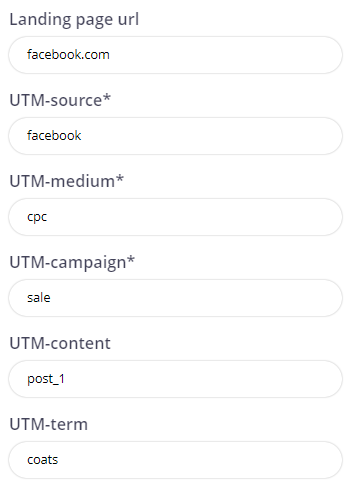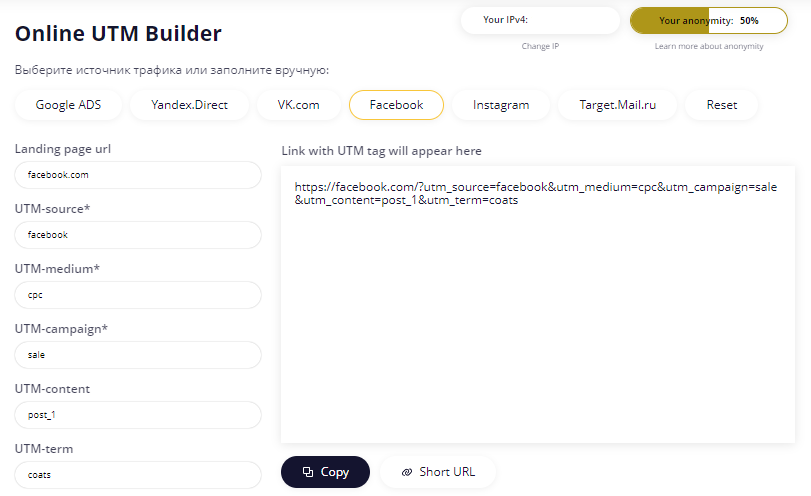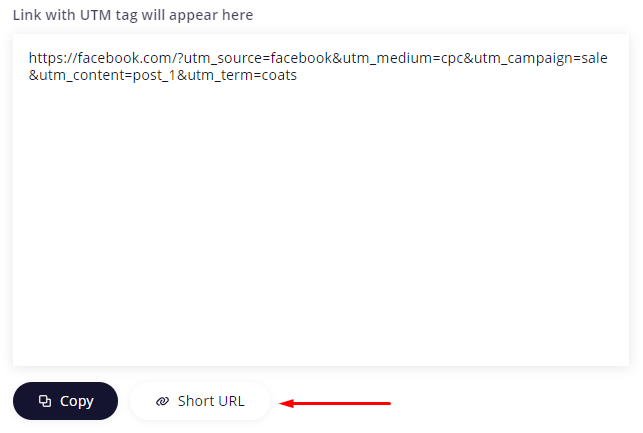IPv4
From $0.70 for 1 pc. 41 countries to choose from, rental period from 7 days.
IPv4
From $0.70 for 1 pc. 41 countries to choose from, rental period from 7 days.
IPv4
From $0.70 for 1 pc. 41 countries to choose from, rental period from 7 days.
IPv6
From $0.07 for 1 pc. 14 countries to choose from, rental period from 7 days.
ISP
From $1.35 for 1 pc. 23 countries to choose from, rental period from 7 days.
Mobile
From $14 for 1 pc. 14 countries to choose from, rental period from 2 days.
Resident
From $0.90 for 1 GB. 200+ countries to choose from, rental period from 30 days.
Use cases:
Use cases:
Tools:
Company:
About Us:
UTM, or Urchin Tracking Module, is a parameter encoding that is added to URLs to track and analyze the effectiveness of website marketing campaigns. They are often used by professionals to identify traffic sources and understand which sources attract the most visitors.
There are several methods for generating UTM tags, the most common include:
Some online generators may interact with APIs for automatic tag generation or integration with other services. In most cases, they provide a straightforward interface for users, requiring no direct interaction with APIs, making them one of the simplest and most effective ways to create UTM tags.
UTM tags include parameters such as source, medium, channel, campaign name parameters, and keywords, which can be added to URLs. For example, users can add UTM tags to a link in a social media advertisement to track the number of clicks and conversions that occur specifically from that advertising campaign.
Let's look in more detail at where UTM tags are used:
A UTM tag consists of several parameters that are added to the URL of a user's website to track and analyze traffic.
The values of the main parameters that make up a UTM tag are:
To quickly create UTM tags, users can use the free service on our website “Online UTM Builder” To use the tool, follow these steps:




Using the online tool on our website to create UTM tags will provide the ability to conduct a detailed analysis of the effectiveness of various marketing strategies. With the link created by the UTM URL generator, users will be able to track the results of searches by keywords, traffic sources, and ads, as well as assess the conversion of specific links.
